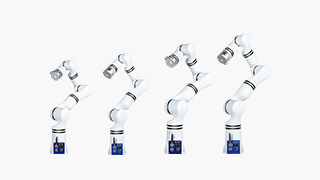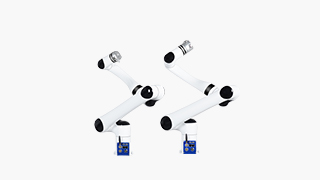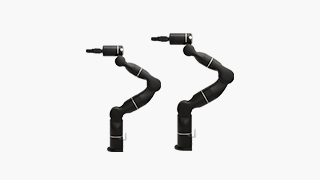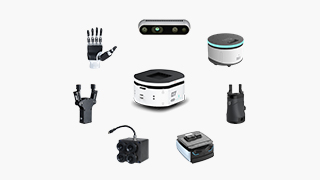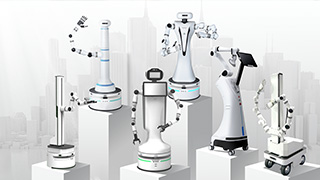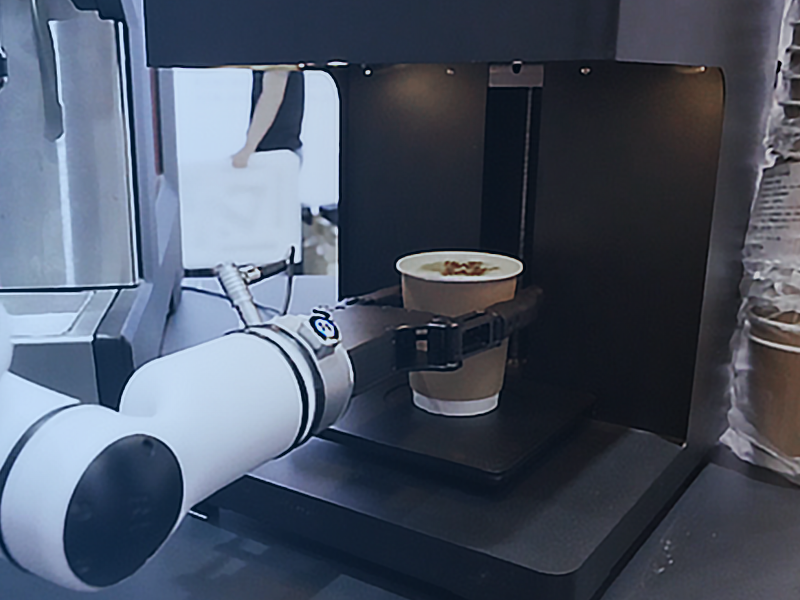I. Project Background
With the rapid development of the smartphone manufacturing industry, product quality control has become increasingly important. Defective part detection is a crucial link in the production process of smartphones. Traditional manual detection methods are inefficient, costly, and easily affected by subjective factors. To improve the detection efficiency and accuracy and reduce production costs, this plan proposes a solution using an ultra-lightweight humanoid robotic arm for detecting defective smartphones.
II. Solutions
Design Objectives
(1) Achieve high-speed and high-precision detection of defective smartphones;
(2) Reduce human intervention and improve the level of automated detection;
(3) Design the robotic arm to be lightweight for flexible deployment in the production line;
(4) The system should have usability and extensibility to meet the detection requirements of different models of smartphones.
System Composition
(1) Ultra-lightweight humanoid robotic arm;
(2) High-resolution camera;
(3) Image processing unit;
(4) Control and data processing system;
(5) Human-machine interaction interface.
Mechanical Arm Design
(1) Use lightweight materials to design a 7-degree-of-freedom humanoid robotic arm to ensure that the robotic arm is lightweight and has flexible movement;
(2) The end-effector is equipped with fixtures for fixing smartphones during detection;
(3) The joints are driven by servo motors to achieve precise motion control;
(4) The surface of the robotic arm is treated with dust-proof and anti-static measures to adapt to the clean room environment.
Image Acquisition and Processing
(1) Install a high-resolution camera at the end of the robotic arm to collect images of the smartphone's surface;
(2) The image processing unit uses deep learning algorithms to perform real-time processing and analysis on the collected images;
(3) The algorithms can identify common defects such as scratches, stains, and damages on the smartphone's surface;
(4) The results of image processing are fed back to the control and data processing system.
Control and Data Processing System
(1) Use a high-performance embedded controller to achieve the motion control of the robotic arm and the data interaction with the image processing unit;
(2) Develop control software that integrates functions such as motion control, image processing, and defect identification;
(3) The software supports users to customize the detection process to adapt to different detection tasks;
(4) The system has data storage and statistical functions for easy quality traceability and production management.
Human-Machine Interaction Interface
(1) Design a simple and intuitive operation interface for the convenience of operators;
(2) The interface displays real-time images, detection results, system status and other information;
(3) Support operators to intervene and adjust the detection process.
Detection Process
(1) The robotic arm fixes the smartphone at the detection position according to the preset program;
(2) The camera collects images of the smartphone's surface;
(3) The image processing unit analyzes the images and identifies defects;
(4) The detection results are fed back to the control and data processing system for recording and classification;
(5) According to the detection results, the robotic arm sorts the smartphones into different areas.
III. Project Implementation
· Install and debug the Reach Robotics ultra-lightweight humanoid robotic arm according to the environment of the smartphone production line;
· Develop and optimize the image processing algorithms to ensure the accuracy and efficiency of defect identification;
· Complete the development of the control software to realize the coordinated work of the robotic arm and the image processing unit;
· Install the robotic arm on the production line and debug it to ensure the stable operation of the system;
· Train the operators to ensure that they can skillfully use the detection system.
IV. Project Benefits
· Improve the efficiency and accuracy of detecting defective smartphones and reduce production costs;
· Reduce human intervention and improve the automation level of the production line;
· The system is easy to maintain and upgrade to adapt to the needs of the replacement of smartphone products;
· Provide a basis for product quality improvement through data statistics and analysis.


